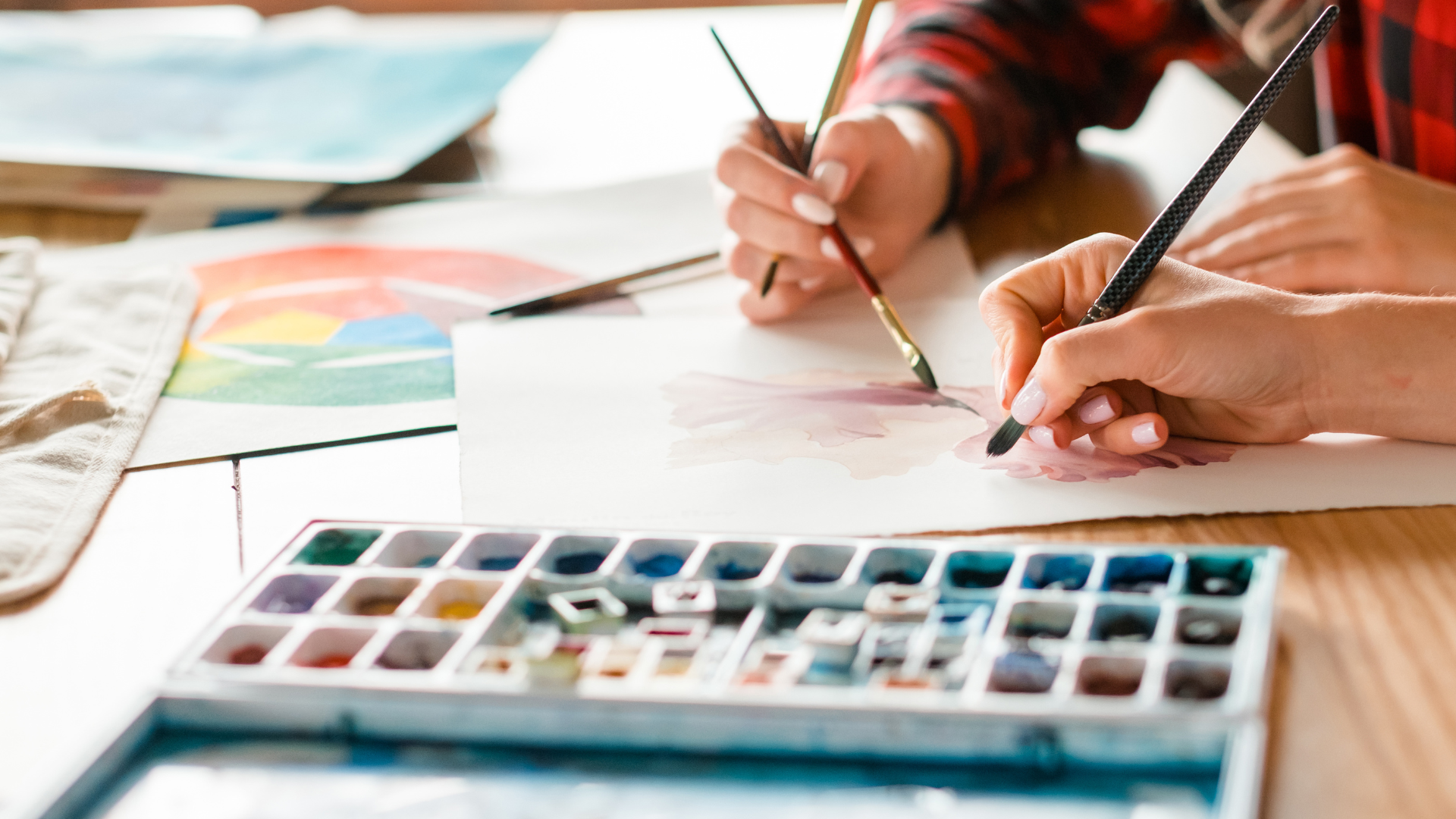Are you ready to take your art skills to the next level? Whether you’re a beginner or an experienced artist, mastering art techniques is essential for creating stunning and impactful pieces.
From learning how to properly use brushes and paint mediums to understanding color theory and composition, there are numerous tips and tricks that can help you elevate your artwork. In this blog post, we’ll explore some of the most important fundamentals of art techniques so that you can unleash your inner creativity with confidence!
What Are the Different Types of Art?
There are many different types of art, and each one has its own set of techniques and tools. In this article, we’ll discuss the basics of five different types of art: oil painting, watercolor painting, pencil drawing, mixed media painting, and digital painting.
Oil Painting
Oil paintings are typically made using a thick layer of paint that is applied to a canvas with a brush. To create realistic textures and details in your paintings, you’ll need to practice applying paint smoothly and evenly. You can also add highlights and shadows to create depth and visual effects.
Watercolor Painting
Watercolor paintings are created by mixing water with pigments suspended in the liquid. The artist then applies the mixture to paper or a canvas using a brush or palette knife.
Watercolor paints can be very light or quite opaque, which allows for a wide variety of effects and colors. When working with watercolors, it’s important to keep wet brushstrokes small so as not to introduce excess moisture into the medium; this will cause the paint to settle and become uneven over time.
Pencil Drawing
Pencil drawings are created by using thin lines drawn with an HB pencil on paper. The lines can be horizontal or vertical orientations, but they should generally be close together so that they appear as one continuous line when viewed from afar (known as “pointing”). When drawing faces or other complex shapes, it’s often helpful to sketch out preliminary outlines first before filling in the details.
Mixed Media Painting
Mixed media paintings are created by combining various mediums, including paint, ink, sculpture, and/or other materials. This approach can be used to create a wide variety of effects and textures, and it often requires a considerable amount of creativity and skill to execute successfully. You’ll also need to be careful not to mix mediums on the same surface, as this can lead to inconsistent results.
Digital Painting
Digital painting is a type of art that uses digital images or vectors to create images on a computer screen. Unlike traditional paintings, which are made up of individual colors separated by thick layers of paint, digital paintings are made up of tiny pixels that can be manipulated and edited with software. This gives artists unprecedented control over the final product, allowing them to create images that are both realistic and abstract.
What Are the Different Principles of Art?
There are a few different principles of art that artists may adhere to, depending on their personal style. These principles can be summarized by the following seven concepts:
Form Follows Function
In order for an object to be deemed as art, it must serve a specific purpose or meaning. This is often referred to as form following function. Artists who focus on this principle often use utilitarian objects in their artwork in order to create pieces with a clear message or purpose.
Balance and Symmetry
Another principle of art that is based on balance and symmetry is the golden ratio. This ratio is found in many natural objects and is said to be aesthetically pleasing. Artists who specialize in this area often strive for equilibrium and symmetry in their paintings and sculptures.
Contrast and Unity
One of the most important principles of art is contrast, which means using different colors, shapes, or textures to create a harmonious or unified image. Artists who work within this concept often use bright colors and contrasting elements to create striking compositions.
Positive vs. Negative Space
Another key principle of art is positive vs. negative space. This refers to the placement of elements within an image; positive space refers to areas that are brightly colored, while negative space refers to darker or less-used areas within an image. Artists who focus on this concept often use empty spaces as focal points for viewers’ attention.
Symbols and Metaphors
Symbols are often used in art to represent something else. This can be done through the use of images, words, or objects. Artists who focus on this principle often use these symbols to communicate a message or idea.
Depth Perception
One of the most important principles of art is depth perception. This refers to the ability of an audience to understand an image as a three-dimensional object. Artists who focus on this concept often use features such as perspective and light to create an illusion of depth.
Expressionism
One of the most popular principles of art is expressionism, which focuses on the artist’s emotional response to their subject matter. Artists who work within this concept often use exaggerated lines and colors in order to convey their feelings about a specific event or subject.
As an artist, mastering the basics of art techniques is key to your success. In this article, we have covered a variety of tips and tricks that will help you improve your skills as an artist.
From learning how to mix colors together to mastering perspective, these tips will help you develop your artistic abilities in no time. So take advantage of our advice and start working on those new sketches today!

